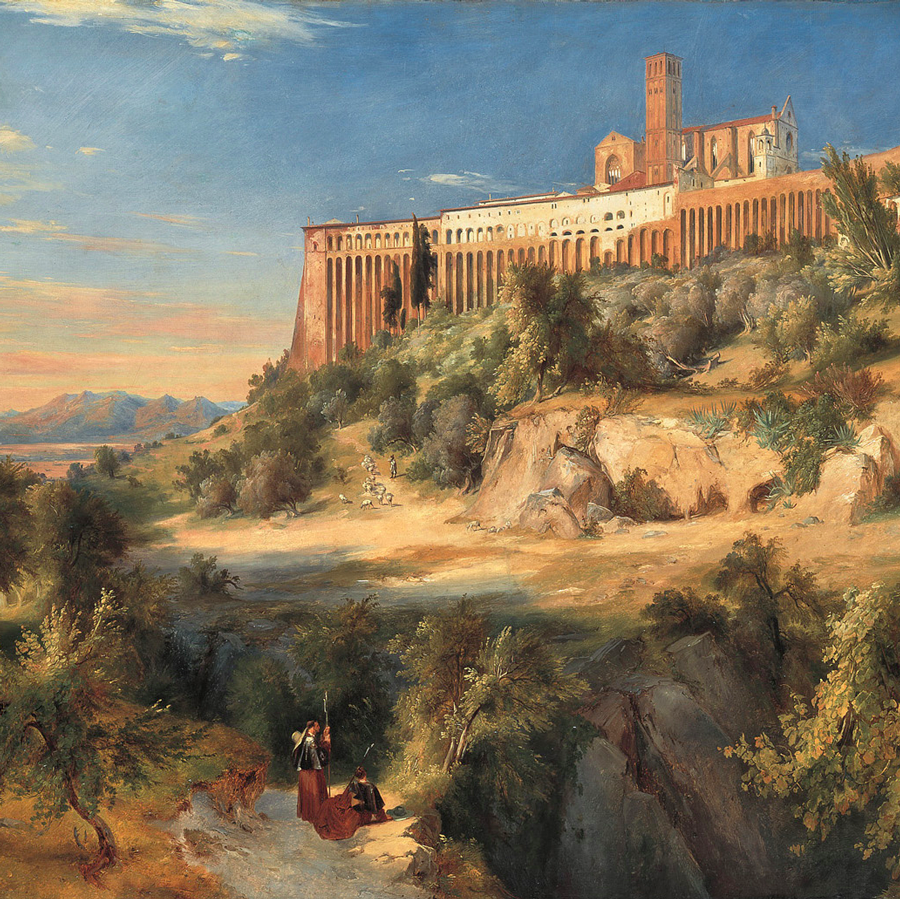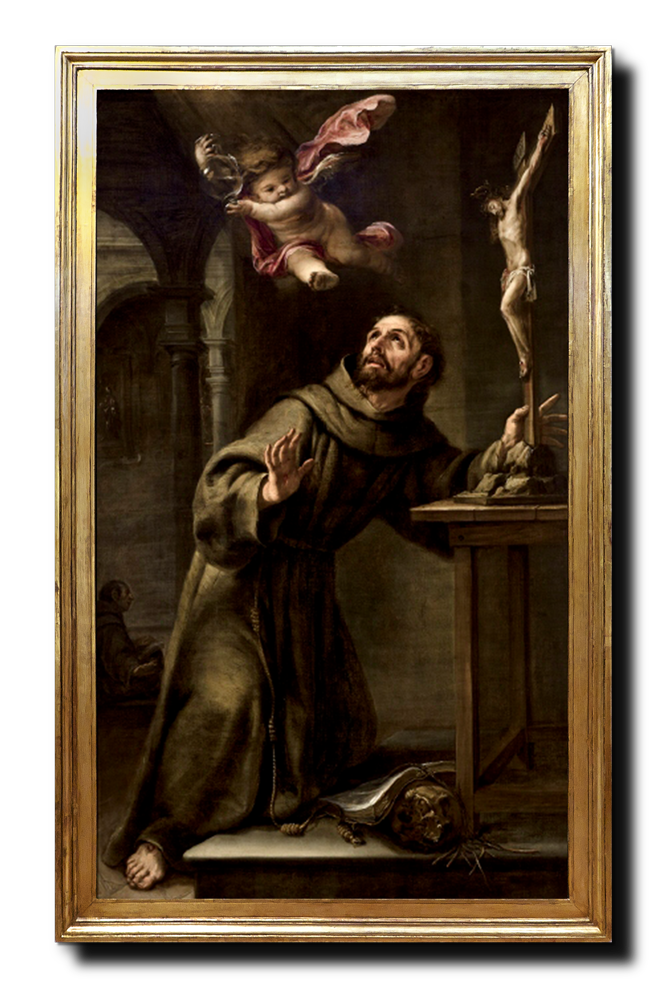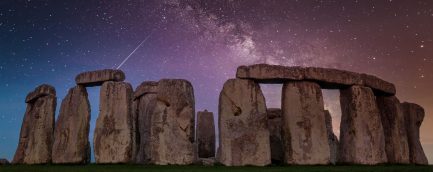Francis
the Man of the Second Millennium
“When there is nothing more to be said, silence.
When there is nothing more to be done, allow yourself simply to be, simply to exist.
Remain in the company of your heart, and it will indicate the appropriate moment to act.
When the slowness of the days quiets your will, tying you with the knots of restlessness,
rest, and restore your energy. There is no rush!
The priority is for you to once again find your essence,
so that within you may live the joy of being and existing.“
Francis of Assisi
Francis of Assisi, in fact, was not originally named “Francis,” nor was “of Assisi” his surname! When he was born, his father, Pietro Bernardone — a very wealthy man and merchant of luxurious fabrics — was traveling. So Mrs. Picca, his mother, gave him the name Giovanni. However, when his father returned, he decided to change the name to Francis, in order to please his major French clients.

Francis was born in the year 1181 or 1182 (the exact date is unknown), in a small stable located on the ground floor of the house where his parents lived — his mother had no time to climb the stairs. He died on October 3, 1226.
He had a childhood and youth much like that of the young men of his time, enjoying the wealth of his family. During a war against the city of Perugia, he was called to fight and ended up imprisoned, remaining in captivity for quite some time. There, he met a certain Leone, a political-religious prisoner — not the same Brother Leo who would later become his beloved disciple. Through that Leone, Francis came to know the Gospel and the teachings of Christ.

Francis was born in the year 1181 or 1182 (the exact date is unknown), in a small stable located on the ground floor of the house where his parents lived — his mother had no time to climb the stairs. He died on October 3, 1226.
He had a childhood and youth much like that of the young men of his time, enjoying the wealth of his family. During a war against the city of Perugia, he was called to fight and ended up imprisoned, remaining in captivity for quite some time. There, he met a certain Leone, a political-religious prisoner — not the same Brother Leo who would later become his beloved disciple. Through that Leone, Francis came to know the Gospel and the teachings of Christ.
Leone – Look at everything with the eyes of your heart!
Francis – And how do I look with the eyes of my heart?
Leone – You must love everything you see!
Francis – Even when what I see is dirty, or full of evil?
Leone – Put love into everything you look at!
When he left prison, Francis returned home very ill. Once he recovered, he completely changed his way of life. He believed that everyone should live as Christ had taught: in poverty, without vanity or luxury, practicing kindness and love. He began to live among beggars — as one of them — and to help everyone.
One day, while at the Church of San Damiano, partially destroyed by war, he heard the voice of the Crucifix that remained on the altar say to him:
“Francis, go and rebuild My Church!”
He understood that it referred to rebuilding that specific church physically, and began doing so — but soon realized the calling was something entirely different. He then began preaching the Gospel to all. That was when many began to criticize him, saying he could not preach that way. He asked, then, who could authorize him, and was told that only the Pope could approve such conduct.

When he left prison, Francis returned home very ill. Once he recovered, he completely changed his way of life. He believed that everyone should live as Christ had taught: in poverty, without vanity or luxury, practicing kindness and love. He began to live among beggars — as one of them — and to help everyone.
One day, while at the Church of San Damiano, partially destroyed by war, he heard the voice of the Crucifix that remained on the altar say to him:
“Francis, go and rebuild My Church!”
He understood that it referred to rebuilding that specific church physically, and began doing so — but soon realized the calling was something entirely different. He then began preaching the Gospel to all. That was when many began to criticize him, saying he could not preach that way. He asked, then, who could authorize him, and was told that only the Pope could approve such conduct.

So he gathered a few brothers, and they went to the Vatican. There, received by the secretary, they were told that the Pope would not have time to meet with them. However, the secretary commented to the Pope that a group of young beggars wanted to speak with him — but he had dismissed them.
At that time, the Church was going through an internal crisis, and that night the Pope had a dream: he saw an image of a church that was collapsing, yet still being supported solely by the shoulders of a beggar. He then ordered that those beggars be brought to him. And he asked them what they wanted.
Francis replied that he wanted to live as Jesus had said — in poverty, preaching the Gospel — and that he needed his authorization. The Pope asked him to present proof that this was truly what they wished to do.
Francis did not know what to present, and that night he had another dream: there was a kingdom where the king had many children with the queen, but also had children with his mistress, a poor woman who lived outside the castle. One day, the mistress said that her children should have the same rights as the others. The king then welcomed them all.
He went and told this to the Pope, who immediately understood — and granted him the authorization! From then on, Francis began to spread examples of kindness, humility, strength, understanding, and love for others.
He lived in total harmony with Nature — with animals, with plants, and even with minerals!
Among the many extraordinary episodes of his integrated life, the story of the rosebush is especially touching. It is said that one day, tormented by an impure thought, he felt unworthy and deserving of penance. He removed his tunic and threw himself onto a rosebush near the chapel of the Porziuncola, hoping that the thorns would wound him.
However, something surprising happened: upon touching it, the rosebush lost all its thorns. Nature recognized the kindness and purity of that Being, so deeply connected to Her. Since then, that rosebush has bloomed without thorns.
Francis performed countless miracles and is recognized by many as one of the greatest beings to have walked the Earth in the last 6,000 years. Nearly 800 years after his passing, among so many important names in History, Francis was chosen as the Man of the Second Millennium by the American magazine Time.
He lived in total harmony with Nature — with animals, with plants, and even with minerals!
Among the many extraordinary episodes of his integrated life, the story of the rosebush is especially touching. It is said that one day, tormented by an impure thought, he felt unworthy and deserving of penance. He removed his tunic and threw himself onto a rosebush near the chapel of the Porziuncola, hoping that the thorns would wound him.
However, something surprising happened: upon touching it, the rosebush lost all its thorns. Nature recognized the kindness and purity of that Being, so deeply connected to Her. Since then, that rosebush has bloomed without thorns.
Francis performed countless miracles and is recognized by many as one of the greatest beings to have walked the Earth in the last 6,000 years. Nearly 800 years after his passing, among so many important names in History, Francis was chosen as the Man of the Second Millennium by the American magazine Time.
He lived in total harmony with Nature — with animals, with plants, and even with minerals!
Among the many extraordinary episodes of his integrated life, the story of the rosebush is especially touching. It is said that one day, tormented by an impure thought, he felt unworthy and deserving of penance. He removed his tunic and threw himself onto a rosebush near the chapel of the Porziuncola, hoping that the thorns would wound him.
However, something surprising happened: upon touching it, the rosebush lost all its thorns. Nature recognized the kindness and purity of that Being, so deeply connected to Her. Since then, that rosebush has bloomed without thorns.
Francis performed countless miracles and is recognized by many as one of the greatest beings to have walked the Earth in the last 6,000 years. Nearly 800 years after his passing, among so many important names in History, Francis was chosen as the Man of the Second Millennium by the American magazine Time.
“Preach the Gospel everywhere, at all times. If necessary, use words.”
Bibliography:
Tommaso da Celano, Vita Prima – 1972
Bonaventure of Bagnoregio, Legenda Maior – 1972


